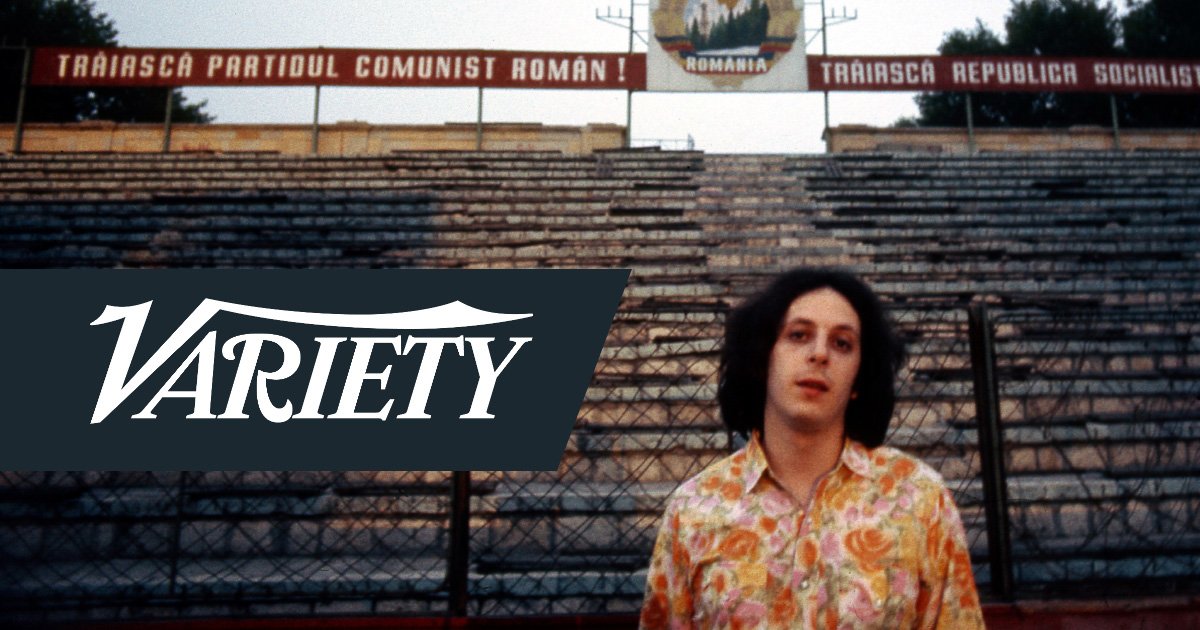New York Times – How Cold War Politics Destroyed One of the Most Popular Bands in America
New York Times: How Cold War Politics Destroyed One of the Most Popular Bands in America
A new documentary chronicles the strange, intrigue-filled saga of Blood, Sweat & Tears and its disastrous Eastern Bloc tour in 1970.
Last year, Rolling Stone compiled a list of “The 50 Worst Decisions in Music History.” Near the top, alongside very high-profile errors in judgment like Decca Records’ rejection of the Beatles, there was a much less familiar episode: the time Blood, Sweat & Tears embarked on an Eastern European concert tour, underwritten by the State Department while the Vietnam War was raging. The reputation of the U.S. government was in tatters for young people, meaning the band looked, as the magazine put it, like “propaganda pawns — which is, more or less, what they were.”
Now the band members are telling their side of this bizarre story in the new documentary “What the Hell Happened to Blood, Sweat & Tears?” While everyone involved agrees with Rolling Stone’s conclusion — that the band’s career never recovered from that 1970 tour — the saga turns out to be more complicated than was previously known.
“This isn’t a music doc, it’s a political thriller,” the director John Scheinfeld said in a telephone interview. “It’s about a group of guys who unknowingly walked into this rat’s nest, and how political forces impacted a group of individuals.”
It is largely forgotten just how big Blood, Sweat & Tears was in its day. “Child Is Father to the Man,” the band’s 1968 debut, drew critical notice for its blend of big-band horns with rock and soul structure and style, but struggled commercially. After the group recruited the stentorian Toronto vocalist David Clayton-Thomas, its self-titled second album exploded, generating three Top 5 singles: “Spinning Wheel,” “And When I Die” and “You’ve Made Me So Very Happy.”
Rolling Stone – Blood, Sweat, and Blackmail: How an Iron Curtain Tour Ruined a Rock Giant
Rolling Stone review - Blood, Sweat, and Blackmail: How an Iron Curtain Tour Ruined a Rock Giant
In 1970, Blood, Sweat & Tears were the biggest band in America. Then the State Department tapped them for a tour they couldn’t refuse
Music and politics were always entwined for Steve Katz. As a teenager in the Sixties, he’d travel from his apolitical family’s home on Long Island to Greenwich Village, where he’d watch radical folkies like Tom Paxton, Ramblin’ Jack Elliott, and Dave Van Ronk play. He grew especially close with Van Ronk, who taught Katz guitar — and took him to socialist party meetings.
So it was frustrating and difficult when, in 1970, the U.S. State Department announced that Blood, Sweat & Tears – the band Katz had co-founded in 1967 — would embark on a government-sponsored tour of three Soviet satellite states, Romania, Poland, and the former Yugoslavia. Richard Nixon was in the White House; the Vietnam War was raging; and all Katz could do was pack his bags, grit his teeth, and tell The New York Post, “I hope when we come back we’ll give more free concerts and raise money for the Panthers.”
The New Yorker Review – ‘What the Hell Happened to Blood, Sweat & Tears?’
The New Yorker reviews “What the Hell Happened to Blood, Sweat & Tears?”
Two ways to win the Cold War.
Option one: a first strike, annihilating the Communist bloc’s arsenal of nuclear weapons before they can be launched in retaliation. Option two, no less fraught with risk: send nine white guys, including four horn players and a singer with a penchant for leather pants, to perform Grammy-winning rock and roll behind the Iron Curtain. It is this second course of action that was pursued in 1970, and that is investigated in a knotty new documentary, “What the Hell Happened to Blood, Sweat & Tears?”






